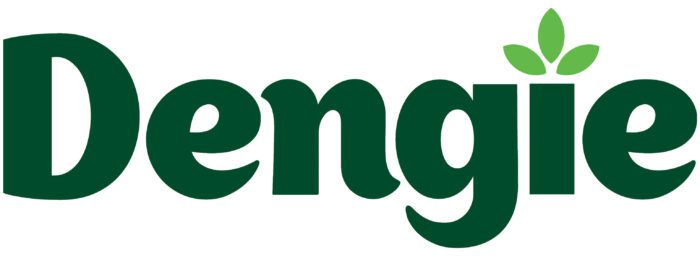Over the spring and summer months those with unrestricted access to grass often gain weight as grass is more abundant and nutritious at this time of year. If your horse is already overweight, now's the time to put damage limitation actions in place to stop the progression of year-on-year weight gain. Obesity has lots of health repercussions and one of the most serious is an increased risk of laminitis.
Our Horse Insurance experts have teamed up with Dengie, who have kindly written this blog to highlight the importance of your horse's health.
Why is my horse fat - they live on fresh air?
It is a common perception that if a horse doesn't have much bucket feed that they aren't having much to eat. However, if they are on unrestricted grazing 24/7 or have ad-lib forage this can easily exceed the energy requirements for a horse in light work which is why weight gain is likely.
Putting the brakes on weight gain
Strip grazing and the use of a grazing muzzle are two ways you can limit your horse's grass intake. Which you choose will be determined by what's allowed at your yard and which is most practical for you. Be mindful not to leave the muzzle on for extended periods and remember that if you take the muzzle off and leave the horse turned out on pasture, there are studies that show compensatory eating can take place.
When it comes to conserved forage, try to select mature forage that feels coarse and stalky or consider gradually replacing up to half the forage ration with straw for a lower calorie intake. If straw bales are difficult to source, you can replace a proportion of your horse's forage with a low-calorie, chopped fibre feed based on straw such as Dengie Hi-Fi Lite. Dengie Hi-Fi Lite combines chopped alfalfa and straw with a light molasses coating and provides just 7.SMJ/kg Digestible Energy and 10% sugar which is typically lower than hay.
Hi-Fi Lite can be used as part of the bucket feed alongside a balancer or broadspectrum vitamin and mineral supplement to balance the ration, or as a total forage replacer where required to reduce the energy intake from the forage ration.
What if my horse is laminitis prone?
If your horse is laminitis prone and overweight, promoting weight loss is key to reducing the risk of laminitis. To get more control over what your horse is eating, moving them to a 'no-grass' area such as a woodchip paddock is helpful. This not only helps you to manage energy (calorie) intake but also allows you to reduce the amount of non-structural carbohydrates consumed. NSC is the amount of water-soluble carbohydrates (WSC) (sugars including storage forms such as fructan) and starch. WSC can be very high in grass during the spring and summer. For those with equine metabolic syndrome (EMS), a reduction in NSC intake is advised.
A suitable feed for those with EMS is Hi-Fi Molasses Free which combines chopped and pelleted alfalfa and straw
with a light rapeseed oil coating, mint, and fenugreek. Hi-Fi Molasses Free is a low-calorie fibre feed at 8.SMJ/kg Digestible Energy and at only 2.5% sugar and 1.5% starch is one of Denige's lowest sugar and starch feeds combined. Hi-Fi Molasses Free can be used as a partial forage replacer at up to 1kg per 100kg of bodyweight or as part of the bucket feed to slow the rate of consumption.

About SEIB
SEIB have been arranging Horse Insurance for over 60 years. This experience allows us to tailor policies to suit your circumstances and ensure that you and your horses are covered should the worst happen. We also offer flexible Horsebox Insurance and Horse Trailer Insurance too.
